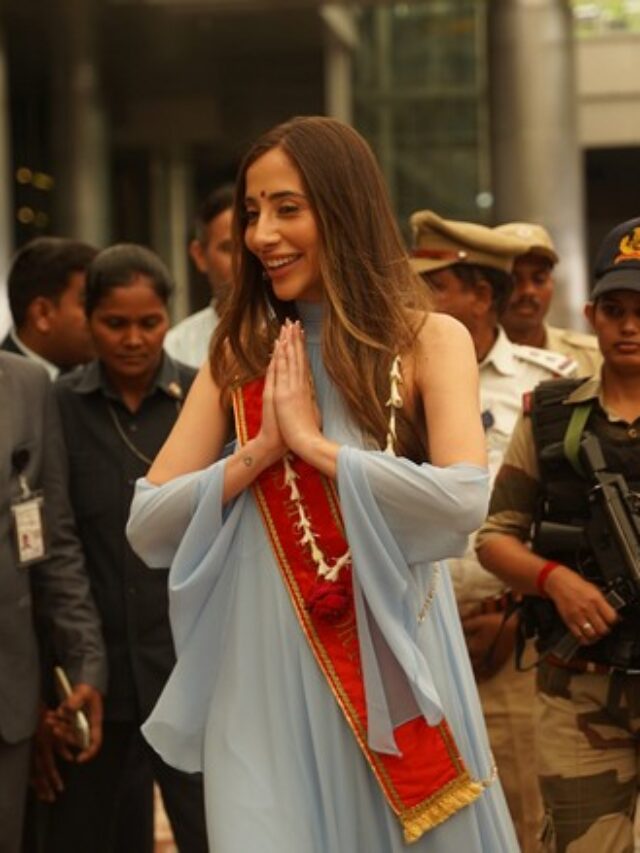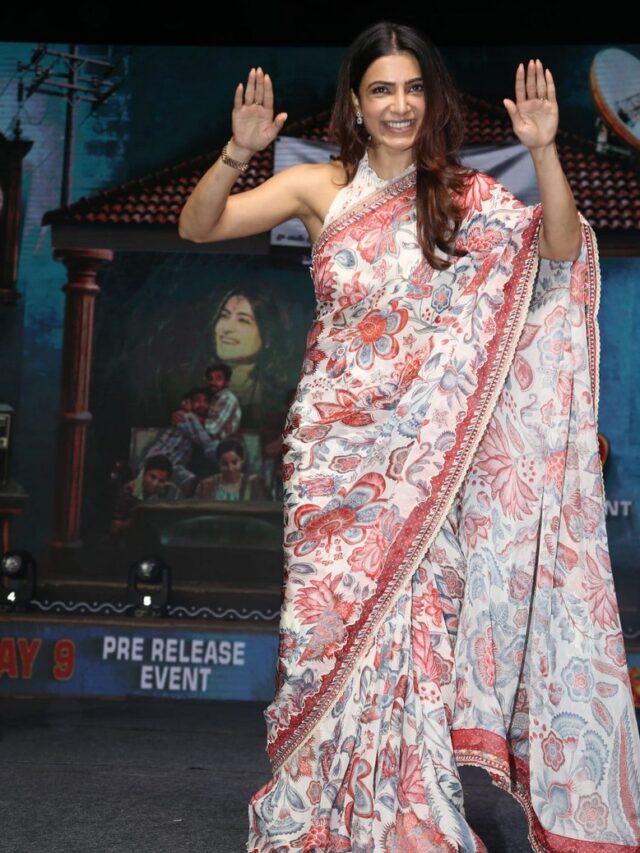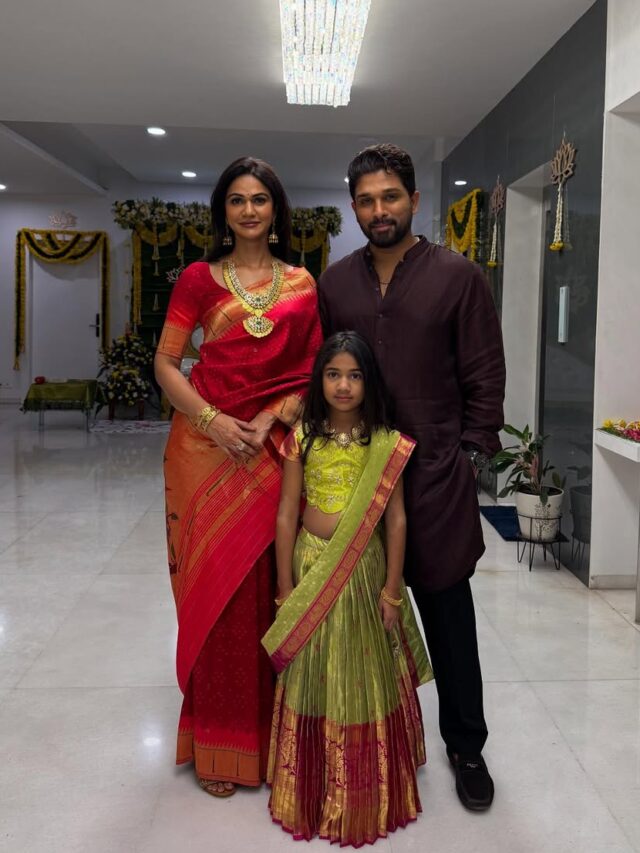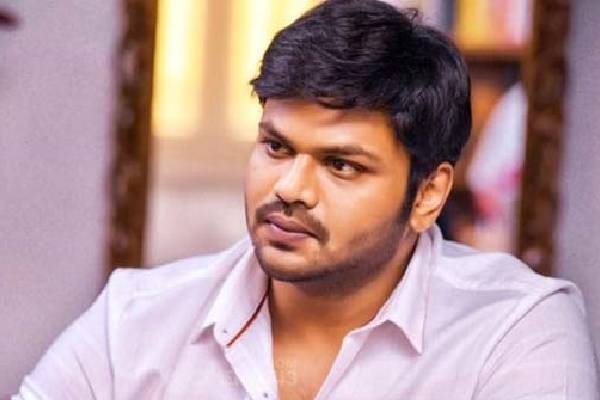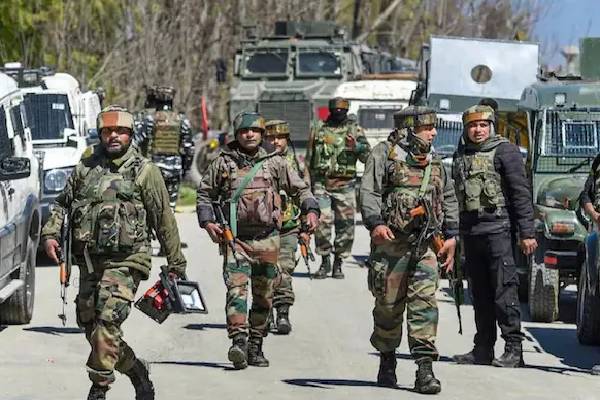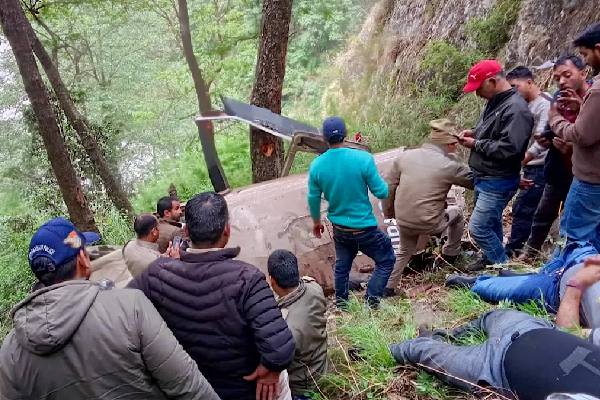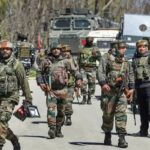
K Chandrasekhar Rao has once again stressed on his idea of so called federal front comprising of Non-Congress, Non-BJP parties. But, this comes after a long spell of silence and actions contrary to such a front.
In a remarkable alacrity , KCR flew to various cities and met leaders of TMC, DMK and JD(S). Meanwhile SP and JMM chiefs called on the TRS supremo. All have echoed the idea of such a front without congress or BJP. The TRS cadre started chanting the slogan Desh Ki Neta KCR.
But, subsequently the TRS acted quite contrarily much to the dismay of its proclaimed allies in such a front. The TRS abstained in the no confidence vote while all these parties whom KCR had parleys with voted against Modi government. In a more surprising move, TRS supported NDA nominee in the elections to the Deputy Chairman of Rajya Sabha. KCR deliberately kept himself away from the mega opposition show on the eve of swearing in of JD(S) leader as Chief Minister of Karnataka.
Such actions in the long spell of silence have strengthened the perception that KCR is more inclined to be a non NDA ally of BJP and a prospective partner post 2019. Quite interestingly KCR met the leaders of the parties which are existing or future allies of congress. The TRS supremo has not lured any regional satrap in the NDA combine or prospective BJP ally into this front. This gave credence to the allegation that he is acting at the behest of Modi-Shah duo. In fact, KCR zealously supported the Modi dispensation’s controversial policies like demonetisation and GST.
Though there is always a space for an alternative to the Congress and BJP, the third front is beset with several problems like the lack of a cohesive leadership and concrete agenda, and the vacillating character of these regional parties.
Since the 1990s, the Congress and BJP accounted for only about half of the Indian political space, with non-Congress, non-BJP parties accounting for the other half. In 2009, the Congress fared well, while the BJP performed well in 2014, suggesting a revival of national parties. Yet, regional and smaller parties still hold sway in large parts of India. The so-called national parties resort to piggy-back politics and remain as junior partners to their regional allies in many states. For instance, BJP is a junior partner to its respective allies in Punjab, Meghalaya, Nagaland, Bihar etc. The Congress is a junior partner to its respective regional allies in Bihar, Uttar Pradesh etc. Similarly, both the Congress and the BJP can only be junior partners in Tamil Nadu, West Bengal and Andhra Pradesh etc. Thus, a political space certainly exists for a non-Congress, non-BJP front in Indian politics.
However, several questions still remain on the feasibility of such an idea, given the experience of many such attempts in the past.
Regional parties could thrive in a national coalition only when there is a major national party heading such a coalition. The experience of the UPA and the NDA are illustrations to offer. Otherwise, there should at least be a strong player within such an alternative front to anchor the coalition. The Left during its heyday could play this role. But with the massive erosion of the Left’s political clout and electoral strength, they can no longer inspire the formation of any such alternate alliance at the national level.
Meanwhile, regional parties always displayed a pusillanimous character and tended to vacillate between either of the national parties. The TRS, the Dravidian parties, RJD, TMC, SP, BSP, TDP, etc. were either part of the UPA or NDA or even the both the alliances at different points of time in India’s contemporary political history. They displayed a similar lack of consistency in taking positions concerning these national parties.
The so-called third Front has a plethora of leaders, each nursing prime ministerial ambitions. The elevation of leaders like Deve Gowda and IK Gujral to the highest executive office in Indian democracy, despite a minimal presence of their party, further rationalises the ambitions of these regional satraps.
Besides, many of the regional parties which could constitute a third front are contenders for power in their respective states. For instance, the TDP and YSR Congress compete for power in Andhra Pradesh, relegating both the national parties to the backseat. Similarly, the AIADMK, DMK and the new entrants in Tamil politics compete with each other at the state level for political space. Thus, these parties cannot be together in any national coalition. One of them can join such a coalition, with the other party shifting towards one or the other national party, depending upon the local political context and the national political arithmetic.
The abortive experiments of the United Front and National Front stand testimony to all the weaknesses discussed above.
The KCR’s talk of federal front is not without a reason. Notwithstanding the recent electoral successes of the BJP in the North East, the master strategist in KCR could perceive Modi’s popularity sliding across the nation. The congress is expected to win assembly elections in Rajasthan, Madhya Pradesh and Chhattisgarh. Thus, any ascent of the Congress would impact Telangana politics much to the disadvantage of the TRS as the former is its principal adversary in state politics. The state Congress is already running a campaign claiming that the TRS is the B-team of BJP. The TRS chief may be eager to shed the negative image of being a non-NDA ally of BJP. Pitching himself firmly in the national political context would help him to successfully challenge the Congress narrative .
( Prof.K. Nageshwar is India’s noted political analyst. He is a former member of the Telangana Legislative Council and professor in the Department of Communication & Journalism, Osmania University, Hyderabad, India )
For More Views:
https://www.youtube.com/watch?v=TUpHOVsOBDA







